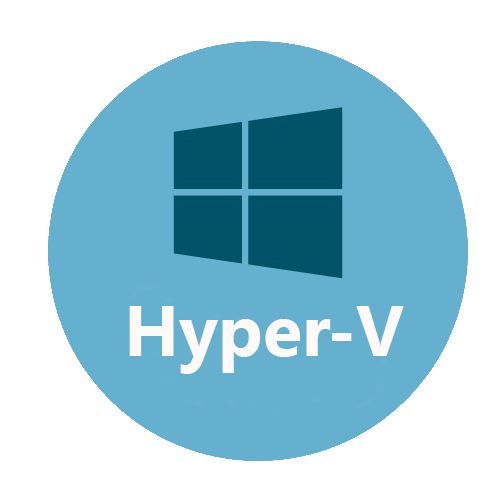Hyper-V: Built In, Often Ignored — But Surprisingly Capable
There’s a good chance Hyper-V is already on the system — just buried under “Turn Windows features on or off.” It doesn’t announce itself. It doesn’t even have a fancy launcher. But once enabled? It’s a solid hypervisor, and it’s been there the whole time.
What makes it interesting isn’t flash. It’s the fact that it works — especially if you’re running Windows Pro or Server. Fire it up, spin a VM, checkpoint it, script the whole thing with PowerShell if needed. It’s not flashy, but it’s reliable.
And for Windows environments? It feels native, because it is.
Where It Actually Helps
| Feature | Why It’s Handy |
| Built into Windows | No extra downloads or third-party installs |
| GUI and scripting support | Use the manager, or script everything with PowerShell |
| Nested virtualization | Useful for Docker, WSL2, or even test-hypervisors |
| Checkpoints | Snapshot VMs before patching or testing |
| Virtual switches | Easy to create isolated or bridged networks |
| Secure Boot support | Handy for UEFI testing or BitLocker prep |
| VHDX format | Built-in virtual disks that can grow or shrink as needed |
What’s the Catch?
– Doesn’t run on Windows Home — you’ll need Pro or higher.
– UI isn’t bad, just… a bit dry. Functional, not friendly.
– Better with Windows guests — Linux runs fine, but integration isn’t always smooth.
– GPU passthrough? Possible, but needs tinkering.
Still, if you’re already in the Microsoft world, Hyper-V plays nice — no drama, no licensing games.
Do You Bring It to Prod?
Depends on the use case.
For full-on data center deployments? Probably not — that’s more the domain of Hyper-V Server or Azure Stack. But for labs, demo rigs, dev machines, internal testbeds? It’s great.
Hyper-V tends to show up when someone needs:
– a reliable place to test patches or updates,
– a sandbox for script automation,
– nested setups (like WSL2 inside a VM),
– or a training environment that just needs to work.
It doesn’t get in your way. And sometimes that’s the best feature.
What Could You Use Instead?
| Alternative | Trade-Offs |
| VMware Workstation Player | Great UI, broad guest support, but not built-in and not fully free for commercial use |
| VirtualBox | Friendly to Linux and open-source fans, but less stable with recent Windows updates |
| QEMU | Extremely flexible, but not fun to set up on Windows unless you really like command lines |
Final Thought
Hyper-V won’t win style points. But it’s stable, it’s fast enough, and — maybe the most important part — it’s already on the machine.
Enable it once, and you’ve got a capable hypervisor that doesn’t ask for much.


